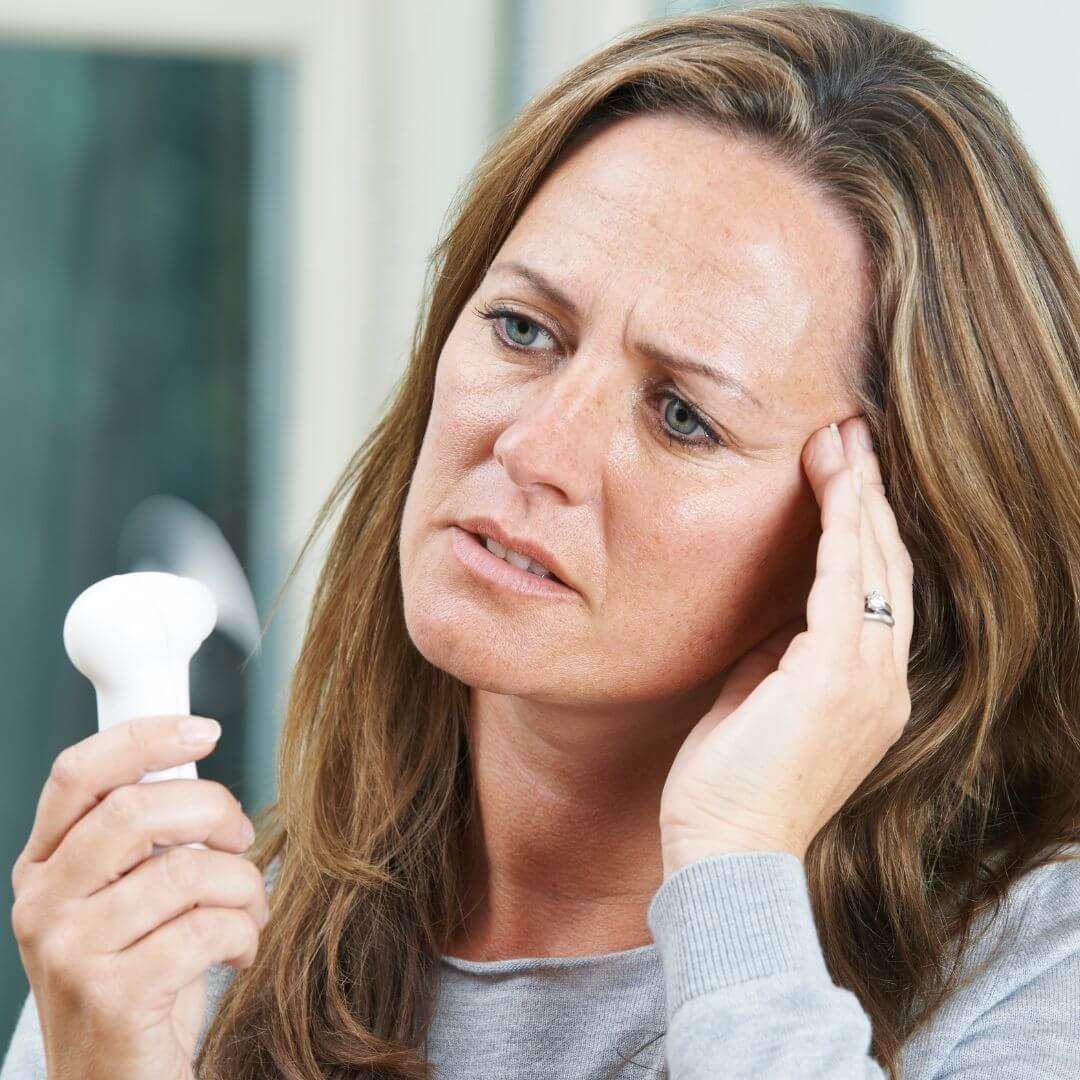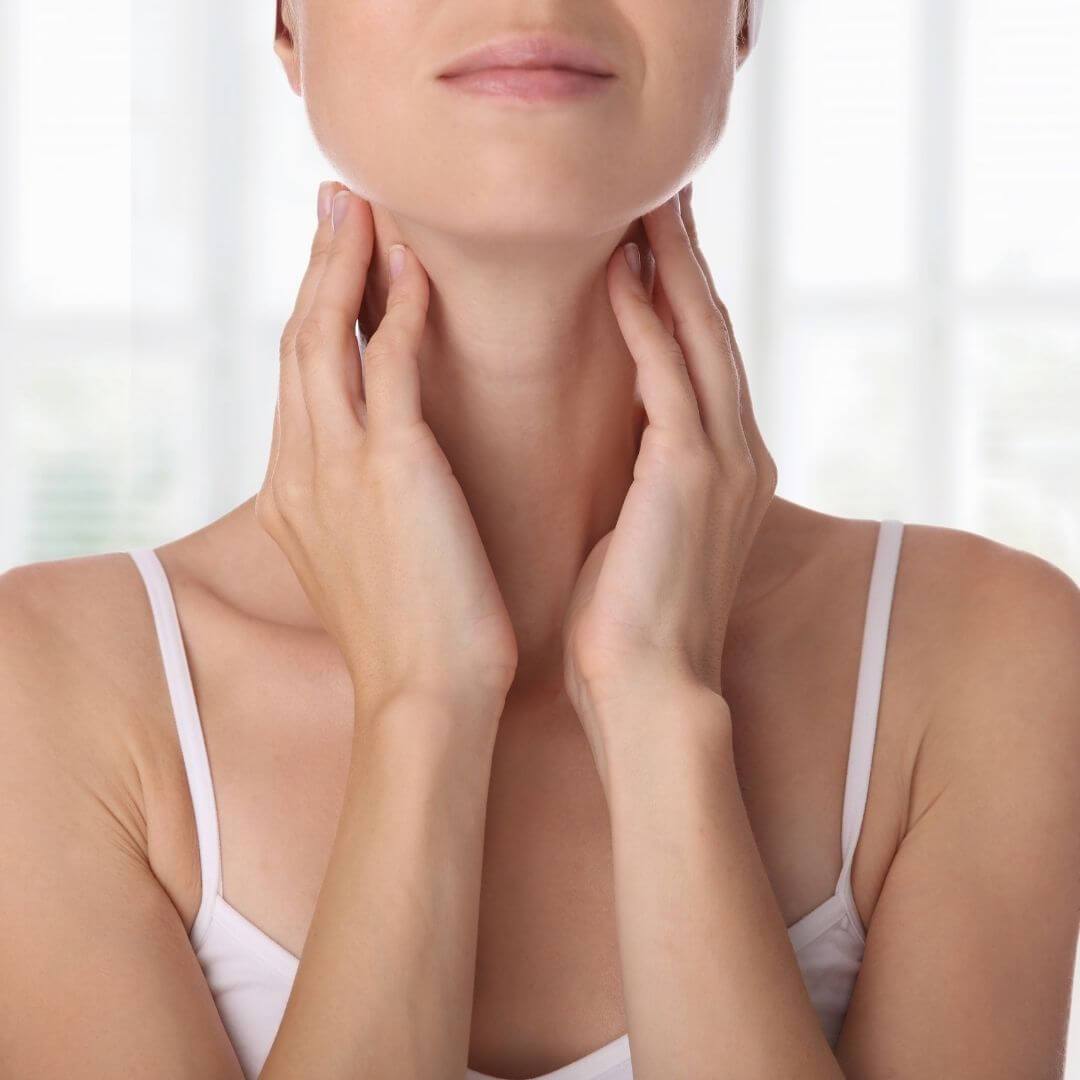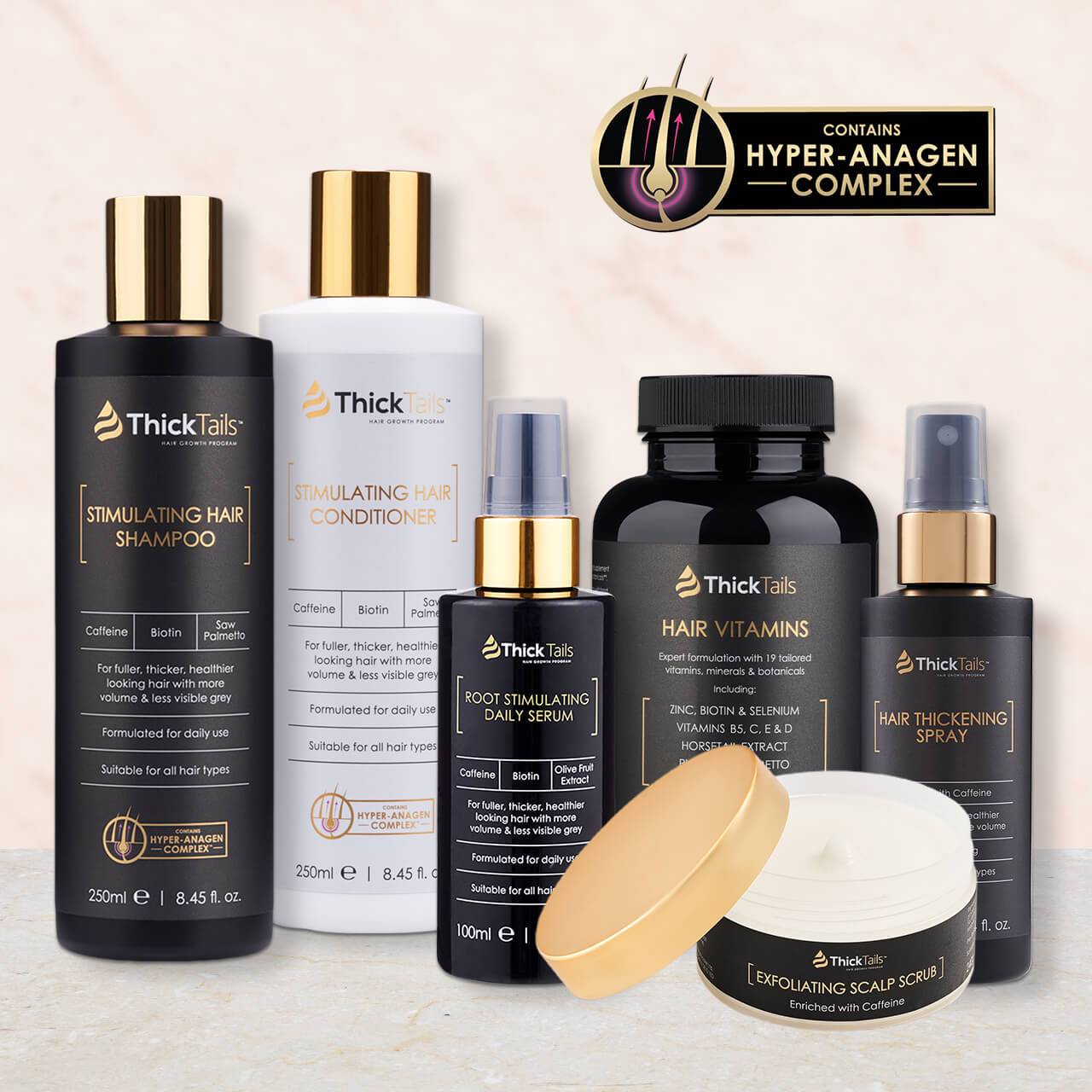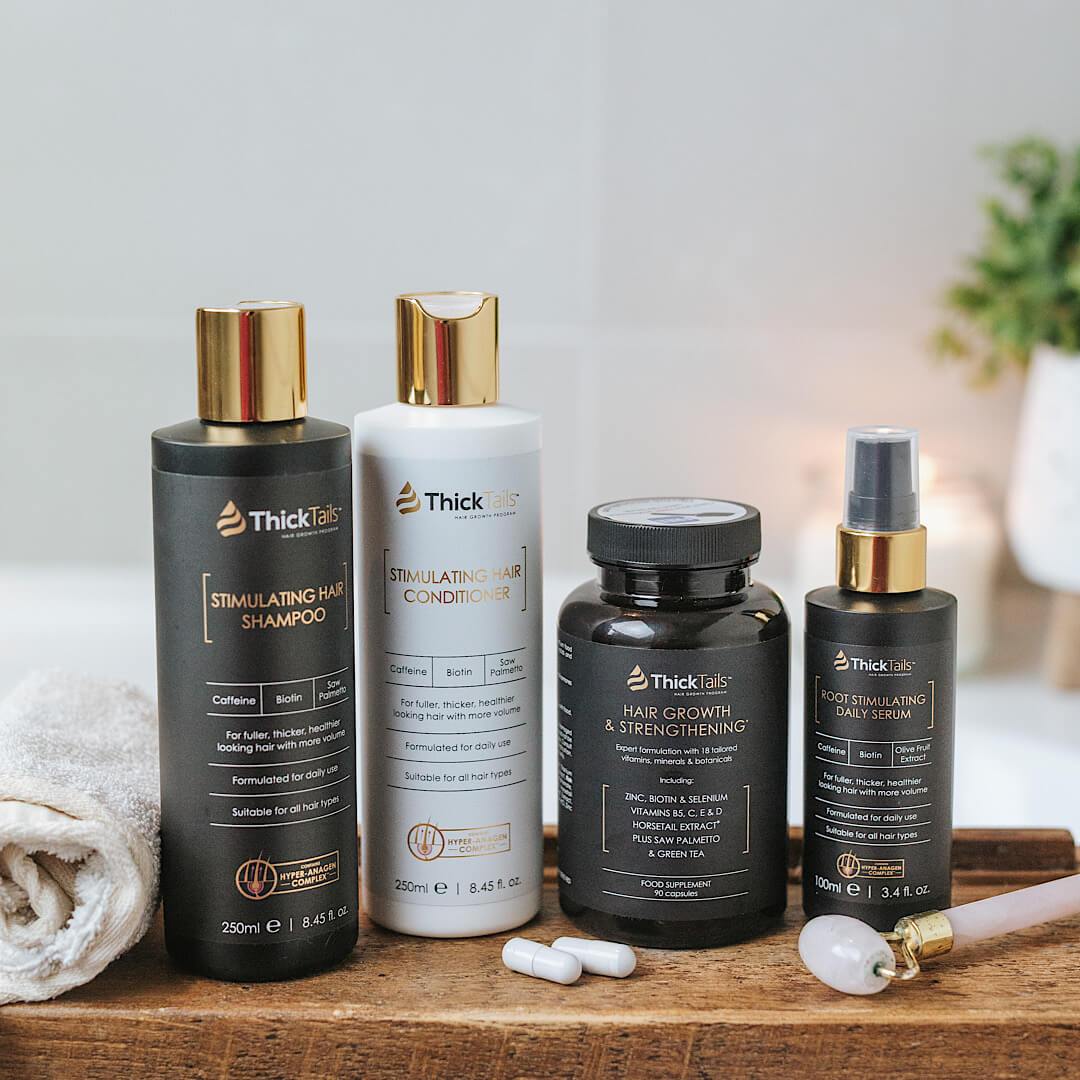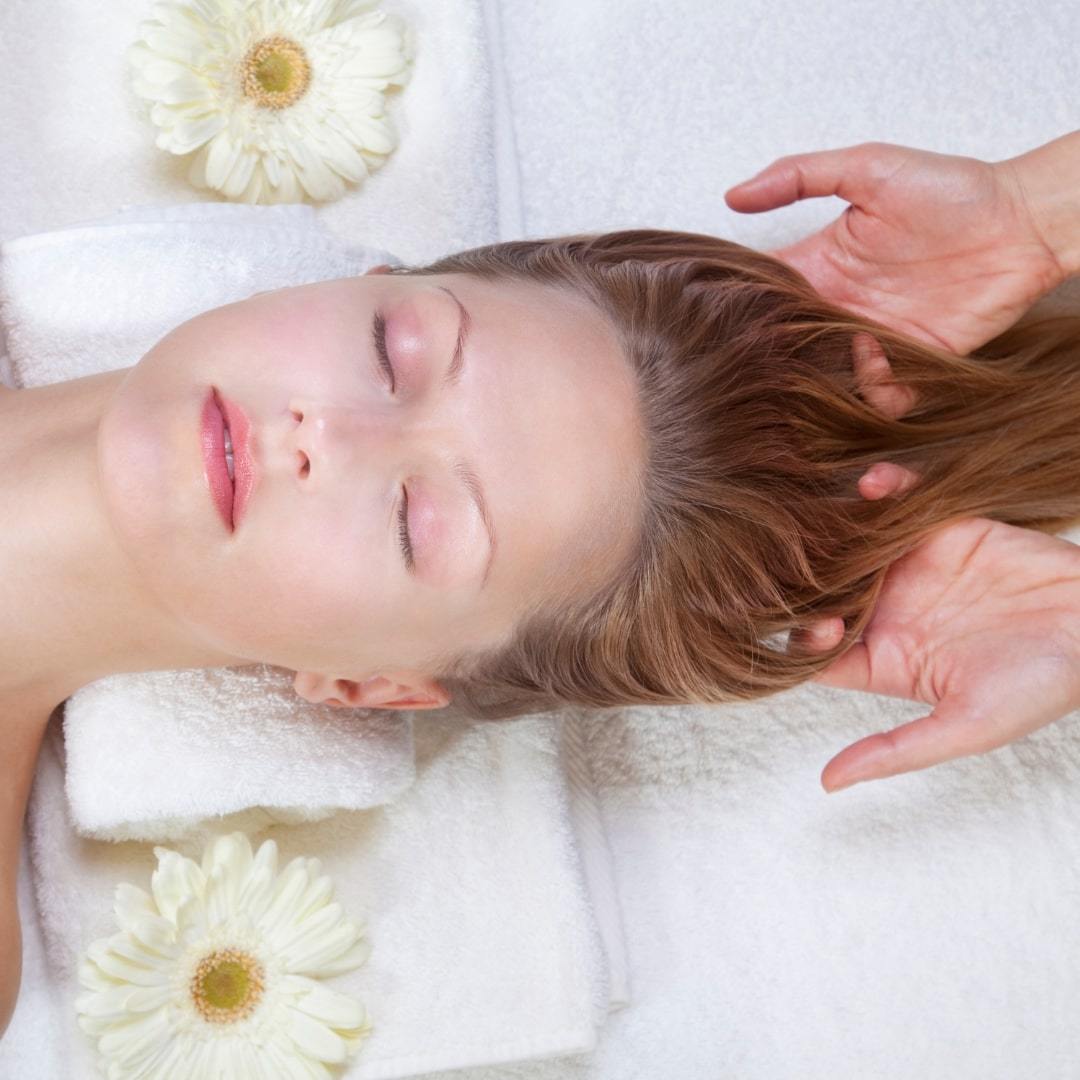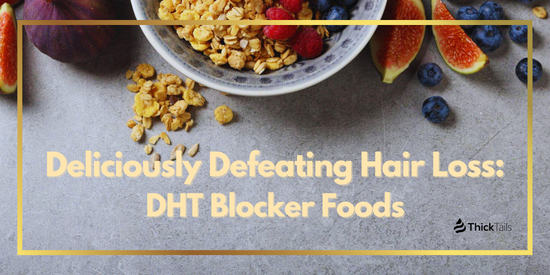Hair loss can be a sensitive and pressing concern for many men. Among the various causes, Dihydrotestosterone, or DHT, plays a significant role in male pattern baldness. Understanding DHT and learning to manage its impacts can be pivotal in crafting a sustainable approach to hair health.
Understanding DHT and Its Impact on Hair Health

The acronym DHT stands for Dihydrotestosterone, an androgen hormone synthesized from testosterone. DHT is responsible for the development of male sexual characteristics and has significant roles in adult male life, including impacts on the hair follicles.
For many men, DHT attaches to receptors in hair follicles and causes them to shrink, weakening the hair and leading to hair loss over time. Additionally, the hereditary nature of DHT sensitivity means that some men are more predisposed to hair loss than others. This understanding is crucial in addressing and potentially mitigating the effects of DHT-related hair loss.
What is DHT and How Does It Affect Hair?
In the normal process of hair growth, hairs go through a rigorous cycle of growth, rest, and shedding. Hair follicles are sensitive to hormones, particularly to the presence of DHT. When DHT levels are too high, it begins to shrink hair follicles, shortening the growth phase and causing finer hairs to grow in these areas, eventually leading to no hair growth at all.
The Science Behind DHT-Induced Hair Loss
DHT acts on hair follicles by binding to specific receptors in the hair roots, which shrinks the follicles over time. This miniaturization renders the hair growth cycle ineffective, causing hair to grow back thinner, until the follicles cease to produce hair altogether.
This process highlights the critical role that DHT plays in male pattern baldness, afflicting many men worldwide. Understanding the dynamics between DHT and hair loss is essential for those seeking to counteract the effects and find suitable treatments. Men grappling with these issues often seek interventions that can lower DHT levels or block its attachment to follicle receptors to combat hair loss effectively.
Factors Influencing DHT Levels and Hair Loss
Several factors can contribute to elevated levels of DHT, such as genetics, diet, and stress. Genetics play a fundamental role as sensitivity to DHT is often inherited. High-fat diets, particularly animal fats, can also stimulate DHT production. Reducing one’s stress levels is another important strategy, as cortisol, the primary stress hormone, competes with testosterone and may influence DHT levels.
Strategies for Managing DHT-Induced Hair Loss
Understanding the causes and mechanisms of DHT-related hair loss is just the first step. There are several strategies men can employ to tackle this issue.
One effective approach involves selecting hair care products specifically formulated to combat DHT's effects. Shampoo and conditioner sets, as well as hair serums designed for men suffering from hair loss, often contain ingredients that can help block DHT from attaching to hair follicles. This preventive measure can significantly contribute to maintaining hair health and thickness.
Natural Remedies to Support Healthy Hair Growth
Certain natural remedies have been shown to assist in managing DHT and promoting hair growth. These include saw palmetto, a plant extract that is believed to inhibit the enzyme that converts testosterone to DHT. Additionally, herbs such as stinging nettle and pumpkin seed oil have also been associated with DHT blocking properties.
Medical Interventions and Treatments for DHT-Related Hair Loss
For those seeking more robust interventions, there are FDA-approved medications like finasteride and minoxidil. Finasteride, marketed under brands like Propecia, blocks the conversion of testosterone into DHT, while minoxidil, often sold as Rogaine, prolongs the growth phase of hair. These treatments must be discussed with a healthcare professional as they may have side effects.
Lifestyle Adjustments to Reduce DHT Levels
Adjusting one's lifestyle can have a profound effect on DHT levels. Regular exercise and maintaining a healthy weight can help keep testosterone and DHT levels in check. Additionally, stress reduction through techniques such as meditation or tai chi can assist with managing hormone levels related to DHT.
Crafting a Holistic Hair Care Regimen

Developing a holistic hair care routine that focuses on DHT management can significantly influence the course of hair loss.
Adopting a holistic approach often involves the integration of specially formulated shampoo and conditioner, along with the use of hair serums targeting men's specific needs related to DHT and hair loss. These products work synergistically to nourish the scalp, combat DHT's effects, and provide an optimal environment for healthy hair growth. Through consistent use, men can take proactive steps in preserving their hair's health and appearance.
Choosing Hair Care Products to Combat DHT Effects
When selecting hair care products, look for those with DHT-blocking ingredients such as ketoconazole, an antifungal often found in shampoos. Conditioners enriched with plant sterols, like beta-sitosterol, can also help by thickening the hair shaft.
Implementing Scalp Care Techniques for Hair Health
Scalp care is an oft-neglected aspect of hair care. Regular scalp massages can improve blood circulation and help in the distribution of naturally occurring sebum, a protective oil that helps condition the hair and scalp.
Incorporating a regimen that includes the right shampoo and conditioner, along with a specialized hair serum, can be a game changer for men battling DHT-related hair loss. These products, specifically designed to counteract the effects of DHT, can help men maintain a healthier scalp environment conducive to hair growth. It's essential for those affected to stay informed about the ingredients in their hair care products to effectively combat DHT and prevent further hair loss.
Monitoring Progress and Adjusting Hair Care Routine
Hair loss can be a dynamic process, and what works at one stage may not work later on. It's important to monitor the effectiveness of the chosen regimen and be willing to adjust the routine as necessary.
Additionally, men should consider incorporating a leave-in hair serum that directly targets the scalp, further enhancing the efficacy of shampoo and conditioner in combating DHT-driven hair loss. By forming a comprehensive hair care routine that includes these key products, men can significantly improve their defense against DHT and its detrimental effects on hair health.
In summary, managing DHT-induced hair loss for men requires a multifaceted approach. By understanding the hormone's role, employing a combination of natural remedies, medical treatments, and lifestyle changes, and crafting a personalized hair care regimen, men can work towards better managing their hair health and potentially avoiding or slowing hair loss. Remember, personal biology plays a significant part, so consulting a professional experienced in hair loss treatment is advised to find the best approach for you.

